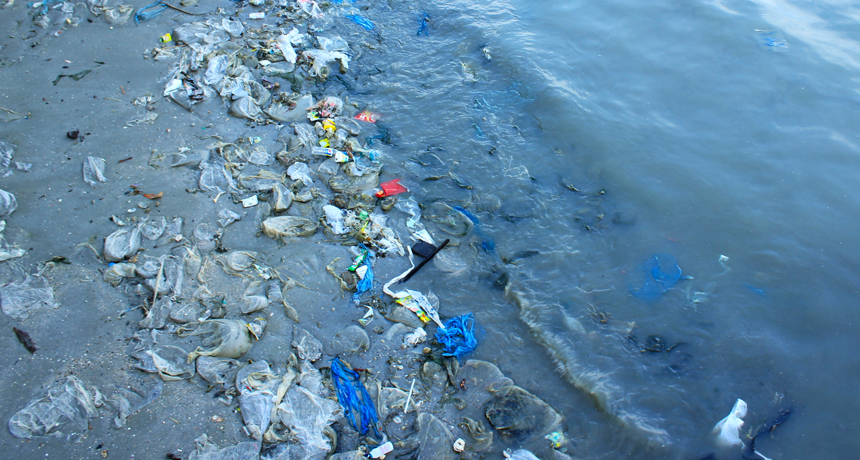The mystery of plastic disappeared from the seas “Eaten by fish”

BOTTLES, plates, bags, old dolls, fragments of shoes and picnic remains. Waste, in a word. Hundreds of thousands of tons of waste that end up in the oceans each year. And we don’t know what happens to them. The Malaspina expedition left Cadiz in 2010 to study the problem. And it has returned to the harbor with a mystery: on balance, scientists explain today from the pages of the journal Pnas (Proceedings of the National Academy of Sciences), 99 percent of the plastic that we know to have been thrown into the sea is missing. Where it’s over it’s hard to say. But there is a suspicion. That is, if the fish have eaten it.
Of the three hundred million tons of plastic we produce each year about 0.1 percent ends up in the sea. It ends up being transported by rivers or floods that sweep the coasts, or because it is thrown into the water by ship personnel. There are 300,000 tons of waste per year. Therefore, apart from what the sea returns on the coasts or remains trapped in the Arctic ice, one would expect to find a quantity of plastic in the sea in the order of millions of tons. Instead Malaspina scientists found surprisingly lower numbers, at around 40,000 tons. It is about 1 percent of what was expected, explained the expedition leader Carlos Duarte: “The challenge remains open on where the missing one is”.
For all the hypothesis that it was eaten by fish is the most obvious. The plastic on the surface of the sea, in fact, over time breaks up and is disintegrated by solar radiation until it becomes what scientists call “nanoplastic”, that is a microscopic powder similar to plankton that the fish feed on. In this form it is easy to enter the food chain of marine organisms. However, what is impressive in the results of the research just published is its size. And the observation that, if it enters the fish menu, it also enters our own.
For some scientists, however, this explanation is not sufficient: some of the plastic – they argue – could have been reduced to even smaller fragments that are difficult to recognize as the so-called nanoplastics. Others believe that the plastic sank alone as primary waste or after being eaten and digested. Finally, it may also be that, at least in part, it was bacteria that did it.
The mystery for the moment remains, and is global, just as the scientific mission that brought it to everyone’s eyes is international. The Malaspina expedition was in fact named in honor of a mission set off from Cadiz in the late eighteenth century, and entrusted by the Spanish king to the Italian explorer Alessandro Malaspina. Scientists at work today come from all over the world: they circumnavigated the planet on two ships for nine months crossing the Pacific, the Atlantic and the Indian Ocean, and on this journey, they chose 313 parcels of sea to study. The two hundred thousand samples they collected were put one by one under the microscope, looking for plastic. So, they showed that now there is no corner of the planet immune to our waste and that the 88 percent of marine surfaces show signs of microplastics, especially in the northern Pacific, where 33 to 35 percent of the total is accumulated. Not only: today’s Malaspina navigators have shown that the type of plastic that pollutes the seas is above all polyethylene and polypropylene, that is the one we use every day as a container for drinks and food, and that of toys. In short, our waste is eaten by tons by the inhabitants of the seas. that is the one we use every day as a container for drinks and food, and that of toys. In short, our waste is eaten by tons by the inhabitants of the seas. that is the one we use every day as a container for drinks and food, and that of toys. In short, our waste is eaten by tons by the inhabitants of the seas.


